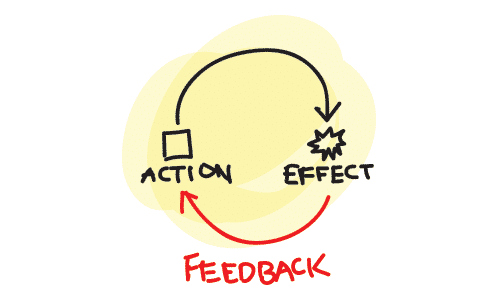Does Designing a Movie API need Feedback Loops?
An API is defined by its capabilities independent of its implementation. However, most API developers often think that defining an API starts with its description file. The problem with this kind of approach is that the developers tend to get into the API resource naming and methods before they get to properly understand what the capabilities of the API should be.
This approach also brings problems when designing the API interfaces because most of its details and concepts are discussed simultaneously. There are a number of movie APIs for developers that meet all the required design principles with regards to feedback loops and that will get the work done for you without any problems.
With that in mind, do you think designing a movie API needs any feedback loops?
Most movie API developers prefer using the fast and easy method of releasing an MVP (Minimal Viable Product) into the market and then building on the APIs concept from there. Even though this works well with almost any other product, it gets more challenging when it comes to APIs in general. This is because of the role that the APIs play in applications using them.
If you are developing a movie API that will be stable and desirable, you should make sure that the initial API release is reliable, functional, and stable. You should also make sure that releasing updates and changes does not require developers to do more work on their applications that use your API.
What are the Benefits of Feedback Loops when Designing Movie APIs
Employing feedback loops before starting to code when designing movie APIs means that a developer has taken time to test their product ideas in the market. This, however, is usually a huge investment in both money and time but it pays off in a number of ways.
- Feedback loops give a movie API developer the capability to change both the APIs roadmap and capabilities. This is made possible by the fact that they have not yet started designing the API and writing its code. It also gives developers more confidence in the long run because they have exploited almost all the possibilities from the feedback gathered.
- Developers get the ability to think strategically about their potential partners and release plans by planning their movie API capabilities first before starting the design and code. This is because developers tend to get more into the movie API technology instead of both the technology and the strategy when they commit themselves to how the API works.
- Feedback loops make your potential movie API users or consumers more interested in your releases. This is because they feel part of it and have contributed a lot to the strategic thought and direction of the design of the API.
Now that we know that designing a movie API requires feedback loops for it to be successful, what are the techniques you could employ to establish the feedback loops? Establishing feedback loops greatly depends on the urgency to release the API and its complexity. However, with all requirements held constant, the best strategy in establishing feedback loops is usually incorporating a combination of techniques with each of them designed to give more clarity to the concept of the movie API. Some examples of feedback loops that can help in designing the right API include;
- Developer focus groups.
- Prototypes that are publicly available.
- Invite only groups.
Feedback loops are very important when designing movie APIs. They make it possible for developers to bring into the market an API that will do exactly what it is supposed to do without any problems. They also offer a developer a way to make sure that they are releasing an API whose consumers will be happy to use and comfortable when using it.




